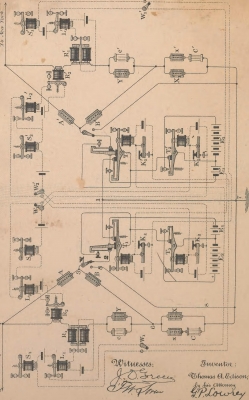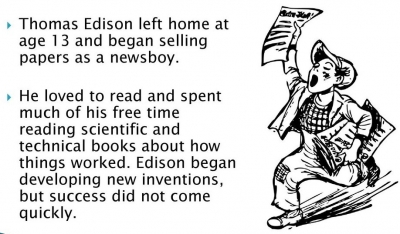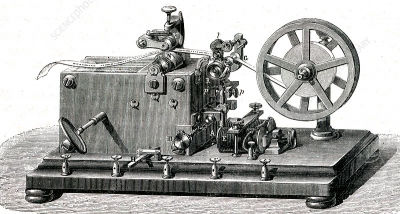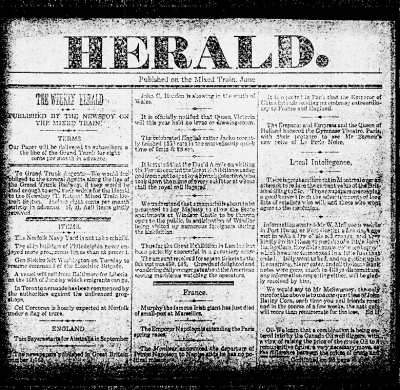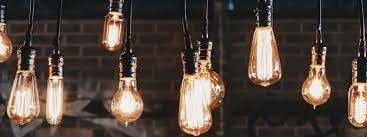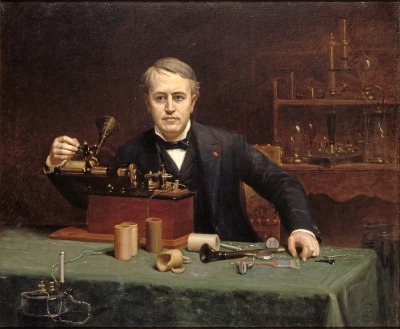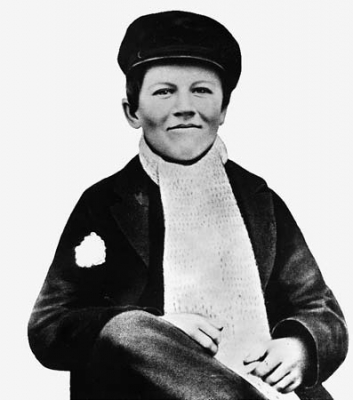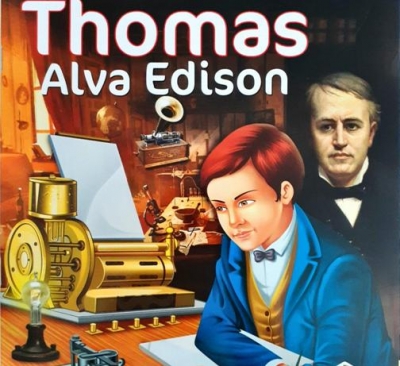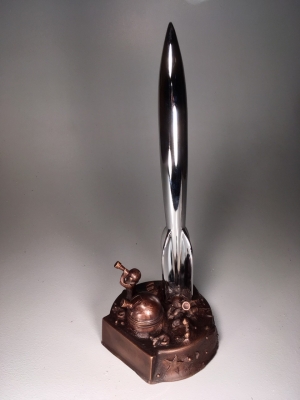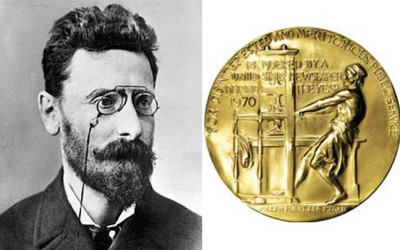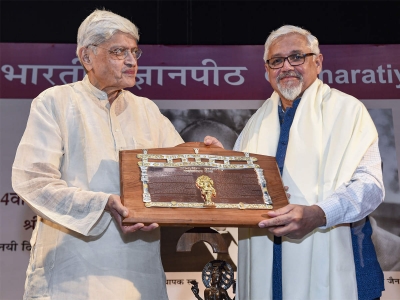Why is it said that Edison was not an easy boss to work with?
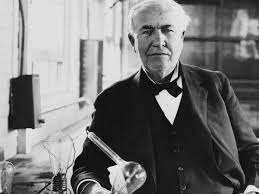
One needed great stamina and nerves to work with Edison. He never tired of hard work, and wanted his assistants to keep the same pace. Menlo Park was fast developing as the world’s first industrial research centre. The place had many specialist workers and to manage their activities was no small task.
The laboratory was the centre of all activity at Menlo Park, and though its working atmosphere was friendly, Edison was a tough taskmaster and expected his people to work very hard, just as he himself did. He kept on trying new ideas, and would ask his technicians to make odd pieces of equipment. Sometimes he got stuck on an invention. Then he would move to another project until the first problem had a solution. Edison always had a thick notebook in his pocket. While talking to someone, or while eating he would often stop to note down a thought, or to sketch a new gadget he had in mind. Edison preferred to work at night, going on till the break of dawn.
Picture Credit : Google
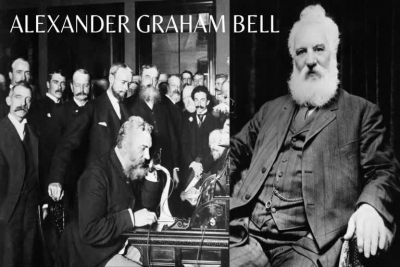
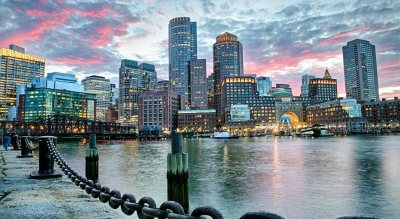 Edison reached Boston in 1868, and joined the huge Western Union Telegraph Company. He enjoyed his life in Boston, as the city was then America’s centre for science and culture. The most brilliant technicians in the country had their workshops and businesses there. There were other shops, too, that met their needs – like books, chemicals or equipment. Edison used his pay money at one of these shops to buy the works of Michael Faraday, the great British scientist considered as the father of electrical engineering.
Edison reached Boston in 1868, and joined the huge Western Union Telegraph Company. He enjoyed his life in Boston, as the city was then America’s centre for science and culture. The most brilliant technicians in the country had their workshops and businesses there. There were other shops, too, that met their needs – like books, chemicals or equipment. Edison used his pay money at one of these shops to buy the works of Michael Faraday, the great British scientist considered as the father of electrical engineering.
